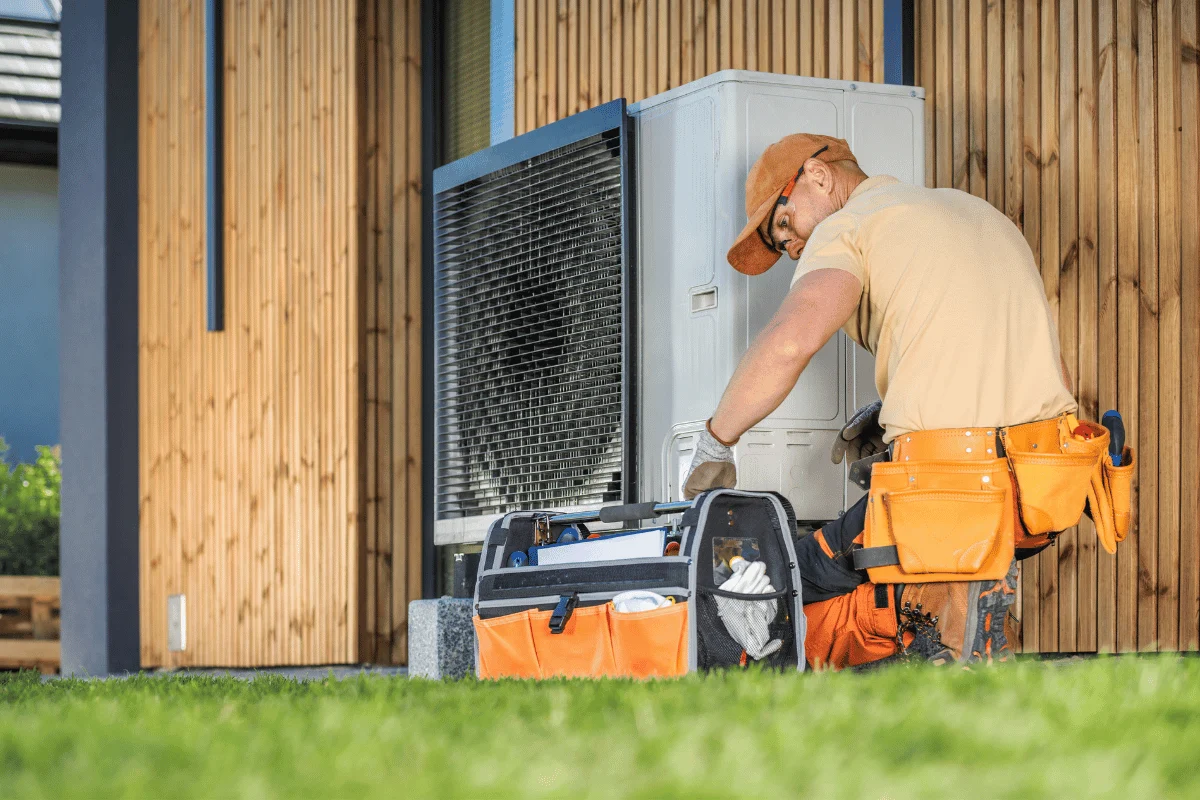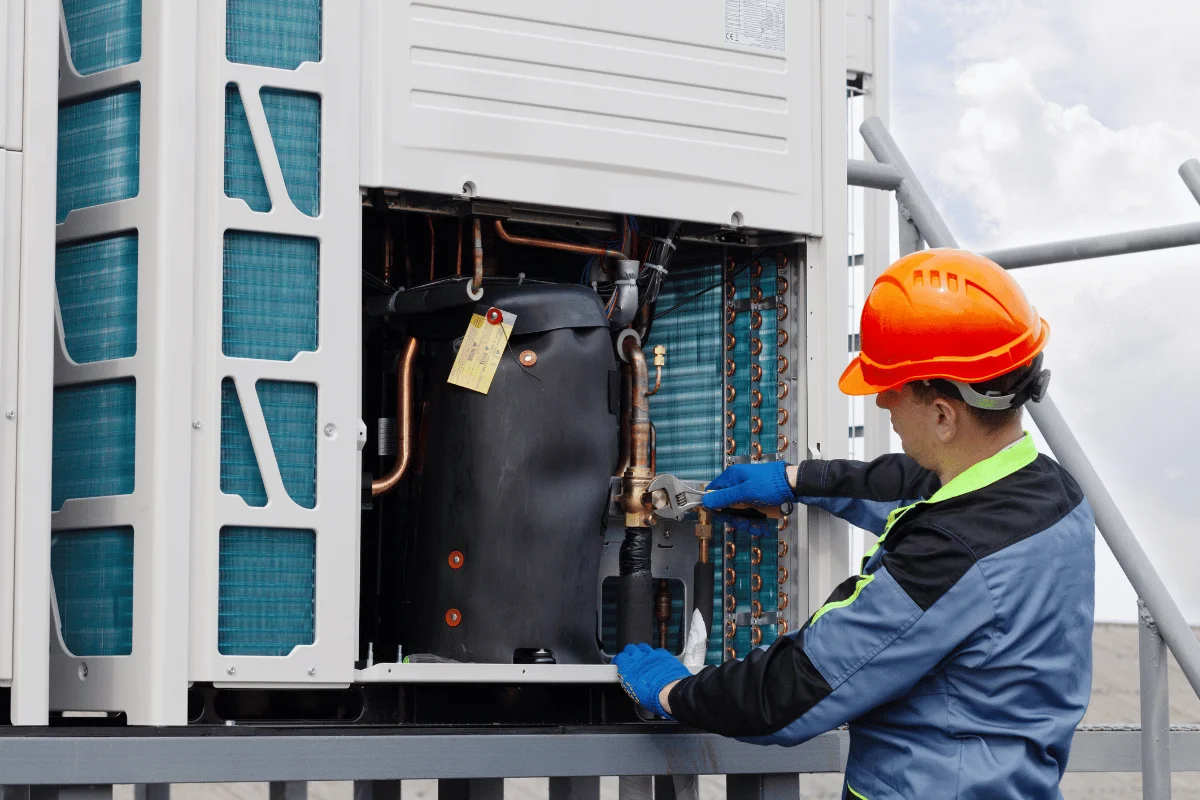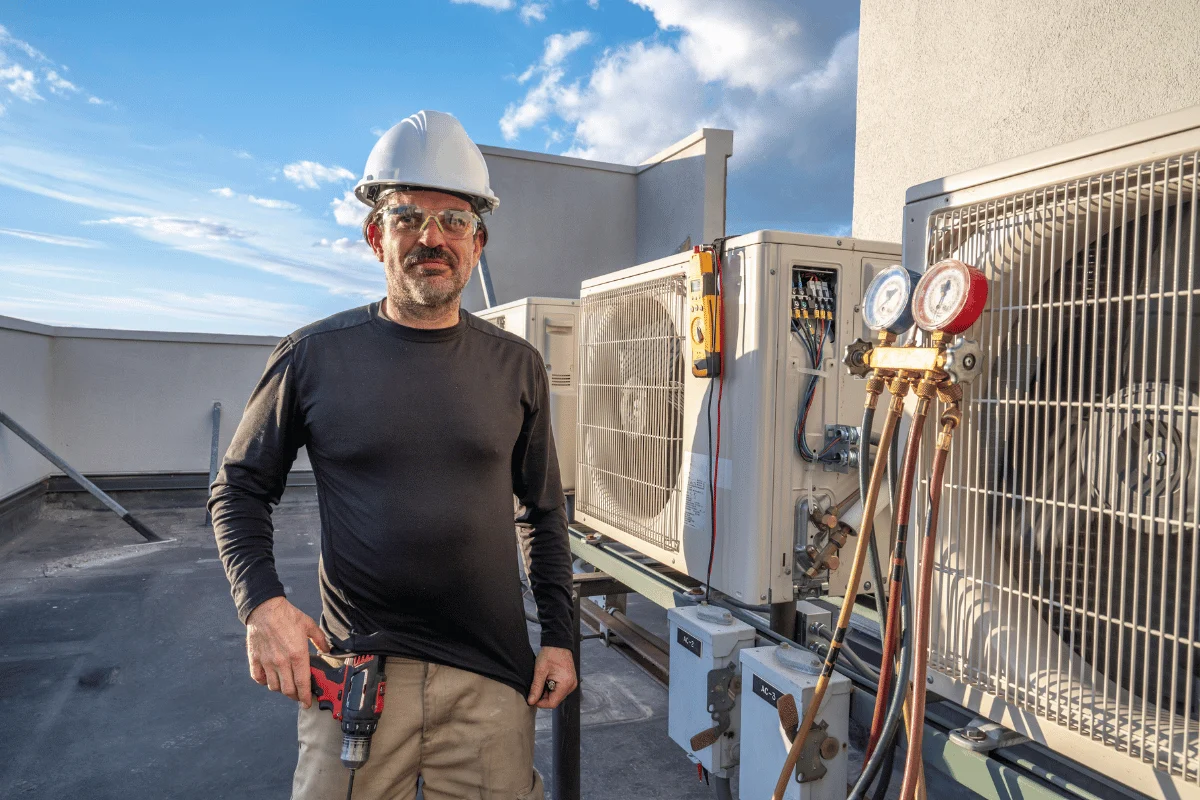Winter is approaching, and it’s crucial to ensure your HVAC system is ready to handle the colder months. Proper preparation can enhance efficiency, prevent breakdowns, and keep your home warm and comfortable. Follow these steps to get your HVAC system winter-ready:
- Schedule a Professional Inspection
- Why: A thorough inspection by a licensed HVAC technician ensures that all components of your system are functioning correctly.
- What to Check: The technician will evaluate the furnace, thermostat, and ductwork, check for leaks, and clean components if needed.
- Replace or Clean Air Filters
- Why: Clean filters help maintain efficient airflow and indoor air quality.
- How: Replace disposable filters or clean reusable ones. Check the filter every 1-3 months and replace/clean as necessary.
- Inspect and Clean the Furnace
- Why: Dirt and debris can cause the furnace to work harder, leading to increased energy costs and potential breakdowns.
- How: Remove dust and debris from the furnace area. Ensure the furnace is free of obstructions.
- Test the Thermostat
- Why: An accurate thermostat ensures your home maintains the desired temperature.
- How: Set the thermostat to the desired temperature and check if it’s functioning properly. Consider upgrading to a programmable thermostat for added convenience and energy savings.
- Check the Pilot Light or Ignition System
- Why: A functioning pilot light or ignition system is crucial for the furnace’s operation.
- How: Ensure the pilot light is lit or the ignition system is working. Consult a professional if you encounter issues.
- Inspect and Seal Ductwork
- Why: Leaky ducts can lead to heat loss and increased energy bills.
- How: Inspect visible ductwork for gaps and leaks. Use duct tape or mastic sealant to seal any visible leaks. Professional sealing may be needed for extensive issues.
- Prepare the Outdoor Unit
- Why: Snow and ice can damage the outdoor condenser unit.
- How: Remove any debris around the unit. Cover the unit with a protective cover designed for HVAC units if necessary, but ensure it’s well-ventilated to prevent moisture buildup.
- Test the System
- Why: Testing ensures the system is ready for winter conditions.
- How: Run the system to check its performance. Listen for unusual noises and ensure it reaches the desired temperature.
- Ensure Proper Ventilation
- Why: Proper ventilation helps maintain indoor air quality.
- How: Check that vents and registers are not blocked by furniture or other obstructions. Clean them if necessary.
- Check Carbon Monoxide Detectors
- Why: Carbon monoxide detectors are crucial for safety, especially with the increased use of heating systems.
- How: Test detectors to ensure they are working and replace batteries if needed.
- Review and Adjust Your Heating Schedule
- Why: A well-adjusted heating schedule can optimize energy use and comfort.
- How: Set your thermostat to reflect your daily schedule and adjust temperatures based on when you are home or away.





